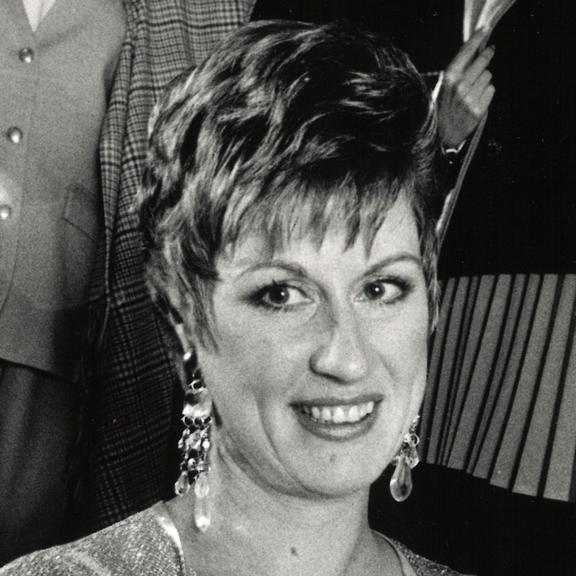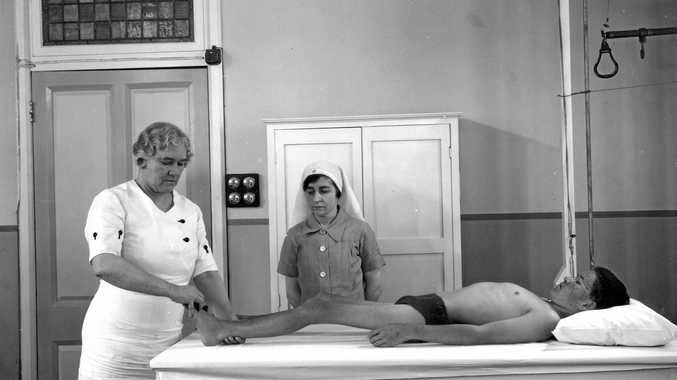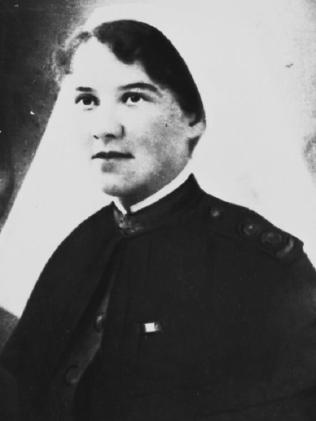Perri Cutten: A Timeless Legacy in Fashion
Remembering Perri Cutten: A trailblazing Australian fashion designer whose timeless elegance and...

 Search...
Search...

Sister Elizabeth Kenny profoundly changed the lives of polio sufferers and helped advance rehabilitation medicine.
Sister Elizabeth Kenny was born September 20, 1880. A self-trained nurse in the Australian bush, she developed new methods for treating patients of poliomyelitis. Her techniques challenged the conventional treatments at the time, which created conflict between her and doctors. Eventually, medical professionals compromised their beliefs, incorporating her treatment as 'The Kenny Method' became regarded as best practice to treat polio until a vaccine was distributed in 1955.
Elizabeth Kenny was born in the small town of Warialda in New South Wales. She was the daughter of Australian-born Mary (Moore) Kenny and Irish-born Michael Kenny. An active child in her youth, she broke her wrist while horse riding at age 17 and travelled out of town to see a Toowoomba Doctor, Aeneas McDonnell. During her recovery visits with Dr McDonnell, Kenny studied his anatomy books and model skeleton, eventually memorising all the bones and muscles of the human body. The pair developed a strong bond and Dr McDonnell became her mentor.
Not officially a qualified nurse, a letter from Dr McDonnell in 1915 outlining some nursing experience, enabled her to enlist in the Australian Army Nursing Service. She earned the title 'Sister' during WW1 while nursing on cargo ships, which in the Australian Army Nursing Corps is the equivalent of a First Lieutenant.

In 1918, following her war service, Kenny helped set up a temporary hospital to care for flu pandemic patients in Nobby, Queensland. She went on to care for a close friend's daughter who suffered from cerebral diplegia. This experience coupled with nursing sick men during the war, gave Sister Kenny the experience for her later work rehabilitating polio patients.
In 1931, Sister Kenny cared for a young girl disabled by polio in Townsville. After 18 months of care, she was able to walk again and went on to marry and conceive a child. Word spread like wildfire in the township, and local papers praised Kenny for what they believed was the cure.
Her method focused on using hot compression on affected body parts and rehabilitation exercises as soon as possible to avoid patient's limbs from becoming stiff from inactivity. She believed the muscles weren't paralyzed; as medical practitioners referred them to be, but rather limp from neighboring muscles that were spasming.
Although Sister Kenny's theory conflicted with the conventional view for treating polio; which saw limbs in stirrups and plaster casts, several locals helped her start a paralysis treatment facility under tents behind the Queens Hotel Townsville.
Between 1935 and 1940, Sister Kenny's success rehabilitating paralysis victims saw Kenny Clinics pop up in cities across Australia - even England.

In 1940 , Kenny was asked to share her methods for treating polio sufferers to American doctors. They criticised her techniques, calling her an "ignorant, uncouth bush nurse" with no formal training. Despite the harsh setbacks, she soldiered-on and it was her demonstration to doctors in Minneapolis, Minnesota, where physicians took notice. The Sister Kenny Institute was built in Minneapolis in 1942 and other Kenny clinics were soon established. Sister Kenny became a heroine in America and was awarded many honours.
Despite Sister Kenny's success in America, and extensive travel back to Europe and Australia to gain further acceptance of her method, she remained the centre of controversy. Although her views were generally not widely accepted - she did make a significant contribution treating poliomyelitis.
Sister Kenny developed Parkinson's disease in 1951 and retired to Toowoomba, where she sadly passed away not long after on November 30, 1952.
Sister Kenny generously cared for thousands of patients and polio victims across the world and although her fame in America was never the same in Australia, she was still highly regarded, cared for and commemorated.
The Sister Kenny Memorial House opened on October 5, 1997 in Nobby, which contains artefacts from her life.
In Toowoomba, the Sister Elizabeth Kenny Memorial Fund was created to provide scholarships to USQ students for dedicating themselves to working in rural and remote areas of Australia.
The Sister Kenny Memorial and Children's Playground in Townsville was unveiled in 1949.

American pollster George Gallup ranked Sister Kenny second to only Eleanor Roosevelt as the most admired woman in America for 10 years. She was finally voted No. 1 just before her death in 1952.
Sister Kenny drew a crowd of more than 1,000 parents of polio victims on a 1944 trip to Washington. "It's like watching a miracle," one policeman said. "You can't keep them back."
When Hollywood released the film "Sister Kenny" in 1946, 20,000 people jammed into Times Square in Manhattan for its world premiere and almost knocked Sister Kenny over.
"A measure of victory has been won, and honors have been bestowed in token thereof. But honours fade or are forgotten, and monuments crumble into dust. It is the battle itself that matters - and the battle must go on." - Sister Elizabeth Kenny
Rest in peace, Sister Elizabeth Kenny - 'a raging tiger, a merciful angel'
By Kirsten Jakubenko
Sources: